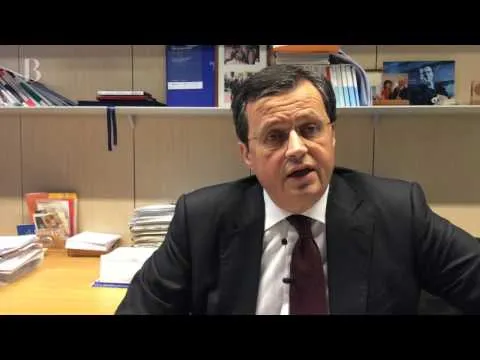Family Businesses Are Pulling Out of the Crisis, but Need to Rejuvenate
Family businesses win the comparison with non-family companies in terms of growth, profitability and job creation, considering last year, the medium term and return to performance indicators similar to those before the crisis. However, their substantial liabilities in terms of acquisitions and the aging of business leaders sound an alarm bell for the future. This emerged from the seventh edition of the AUB Observatory on Italian family business edited by Guido Corbetta, Alessandro Minichilli and Fabio Quarato of AIdAF-EY Chair of Strategic Management in Family Business in memory of Alberto Falck.
The Observatory, in collaboration with AIdAF, Unicredit, the Milan Chamber of Commerce and the Italian Stock Exchange, will be presented this afternoon at 17.30 at the headquarters of the Stock Exchange, Palazzo Mezzanotte, during an event in partnership with Allianz.
The data of the seventh edition are particularly representative of the world of Italian enterprise because the Observatory monitors all 15,722 companies with turnover exceeding EUR 20 million, accounting for 66.5% of the added value of Italian companies active in industry and services and 33.1% of their employment. It then focuses in more detail on 10,231 family-controlled companies, which have a total turnover of 790 billion euros and employ 2.3 million workers, of which 1.5 in Italy. Until last year, the Observatory analyzed companies with sales of over 50 million.
In the period 2010-2014, family businesses have increased the number of employees by 5.3% on average per year, compared with 1.2% of non-family firms. The growth trend in sales is in line with that of non-family firms with regard to smaller companies (20-50 million in revenue), but substantially higher than average for larger ones (over 50 million): if sales for 2007 equal 100, that of 2014 was 126.4 for non-family and 133.6 for family companies. In terms of profitability, however, the superior results of family businesses cover all dimensions: ROI is 7.8% against 6.8% for medium-sized and 8.6% against 7.4% for small companies.
"But we need to keep two indicators under observation," says Guido Corbetta, holder of the AIdAF-EY Chair, "the limited capacity of external growth through acquisitions and the advanced age of those who run family businesses."
Between 2000 and 2014 only 6.7% of family businesses completed at least one acquisition, compared with 9.1% of non-family, which is, in any case, a very low figure. Foreign direct investment also concerns a minority of companies, but in this case, the family firms (29.6%) are more active than non-family members (21.3%).
More worrying is the fact that the average age of the leaders of the Italian family businesses (chief executives, general managers or executive presidents, depending on the governance choice) is very high and business performance worsens with the age of the leader. 22.6% of these leaders are over 70 (and another 24.6% are over 60) and only 5.3% under 40. Companies run by older executives register an ROE lower than average by 0, 8 to 1.2 points (depending on size), and those run by young people have better results by 1.9 to 2 points.
A positive sign is the return, after years of crisis, to the process of generational succession. "A significant indicator," says Corbetta, "is the increasing popularity of the collegial form of leadership, which provides for more than one executive, and is often used to place a representative of the coming generation next to one from the previous generation. This happened in about 35.8% of medium-sized family firms in 2007, but rose to 41.4% in 2014".
Italian family business: a great future behind
